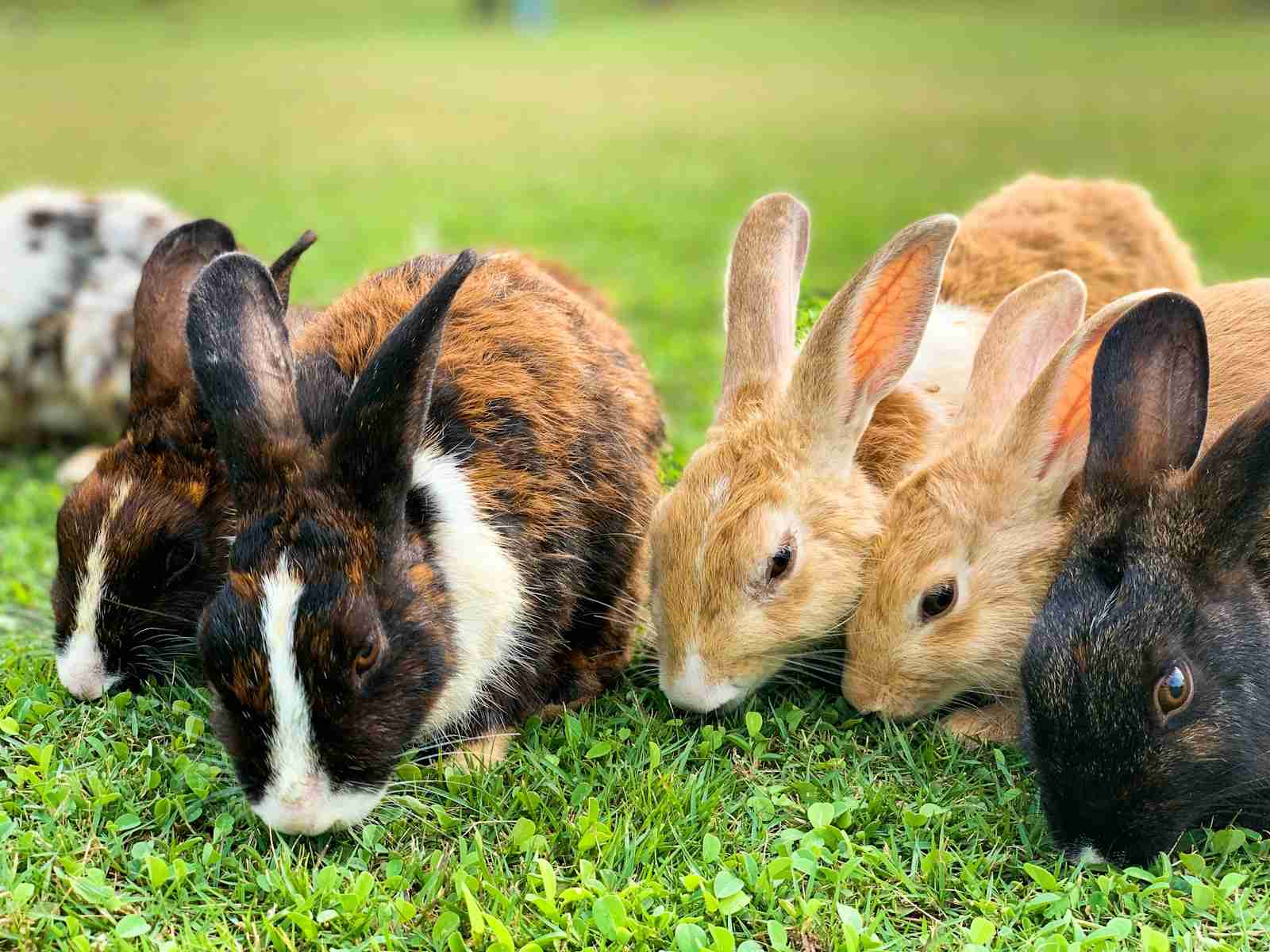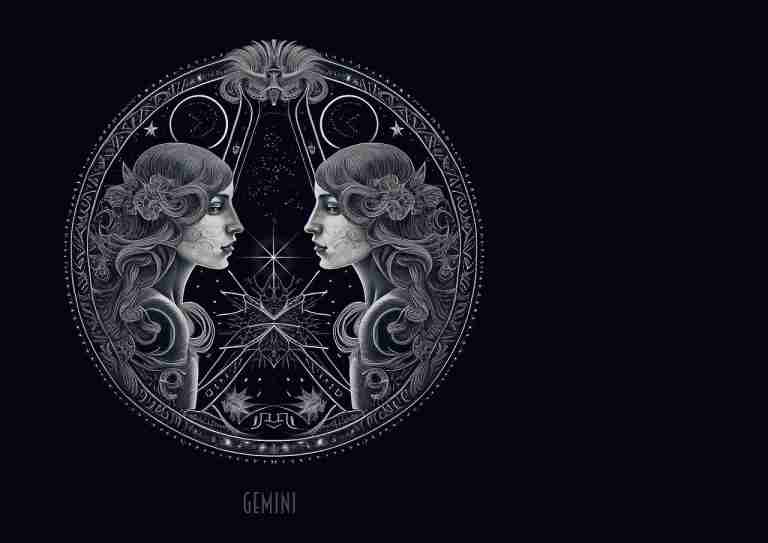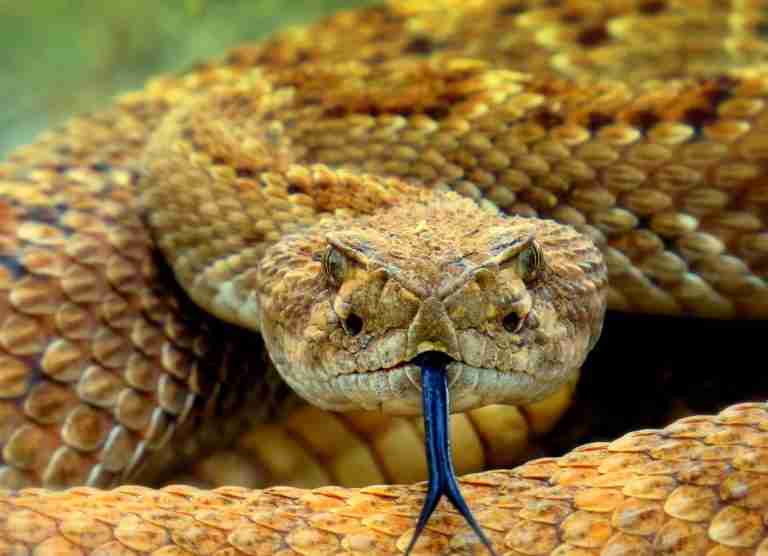22 Fun Facts About Rabbits | Hopping Wonders
1. Rabbits are capable of turning their ears 180 degrees.
Rabbits have incredible ears that can twist 180 degrees, making them hearing experts. Their ears aren’t just big; they’re powerful, catching sounds from 360 to 42,000 Hz.
That’s way better than humans, who hear between 64 and 23,000 Hz. This skill helps them figure out exactly where noises come from, keeping them alert and safe.
2. Rabbits eat their poo to get the most nutrition possible.
One of the most weird facts about rabbits is they eat their poo once a day, called caecotropes, to absorb nutrients missed the first time. These special droppings, rich in protein and B vitamins but low in fiber, are crucial for their health.
This process, known as caecotrophy, is similar to a cow chewing its cud, ensuring they get the most from their food.
3. Rabbits communicate using subtle body movements.
Rabbits communicate in a fascinating, quiet way, using their ears, whiskers, and tails to express a range of emotions, from joy to irritation. Their subtle body language allows them to convey messages to one another without attracting predators.
Understanding these gentle signals can be challenging but reveals the rich, complex world of rabbit interaction, from establishing social rank to signaling comfort or distress.
4. Bunnies ‘binky’ when they’re happy.
A binky is what rabbits do when they’re bursting with happiness and energy. It’s a joyful jump and twist in the air, often seen during play or while exploring.
This happy dance or zoomies shows a rabbit is content and healthy. While not all rabbits are binky, those that do express their excitement and well-being most adorably.
5. Rabbits thump on the ground to warn their friends of danger.
Rabbits thump on the ground with their hind feet as a warning signal to alert their friends of danger or to express annoyance. This behavior, made famous by Thumper in ‘Bambi,’ can involve one or many thumps.
After thumping, a rabbit might freeze or seek shelter. Not all rabbits thump, but when they do, it’s a clear sign of their feelings.
6. The biggest Rabbit is from Britain, weighing nearly 25 kg.
Another lesser-known Rabbit fact is that Ralph, a Continental Giant rabbit from Sussex, UK, tipped the scales at nearly 25 kg, making him the world’s heaviest rabbit according to Guinness World Records. Born to previous record holders, Ralph enjoyed a varied diet costing $60 weekly.
Living at Sussex Horse Rescue, Ralph’s size once led to speculation about supernatural influences. His record was contested with another giant rabbit, Darius, who was later stolen in 2021.
7. The oldest recorded Rabbit was 18 years and nearly 11 months.
The Guinness World Records states the oldest rabbit, Flopsy, lived an incredible 18 years and nearly 11 months and was from Longford, Tasmania, Australia. While rabbits typically live seven to ten years, Flopsy’s record-breaking age is a testament to rabbit longevity.
Another notable rabbit, Thumper, reached 17 years, living a life full of adventure in the wilds of Ontario, Canada, becoming a local legend.
8. What is a Rabbit’s favorite food?
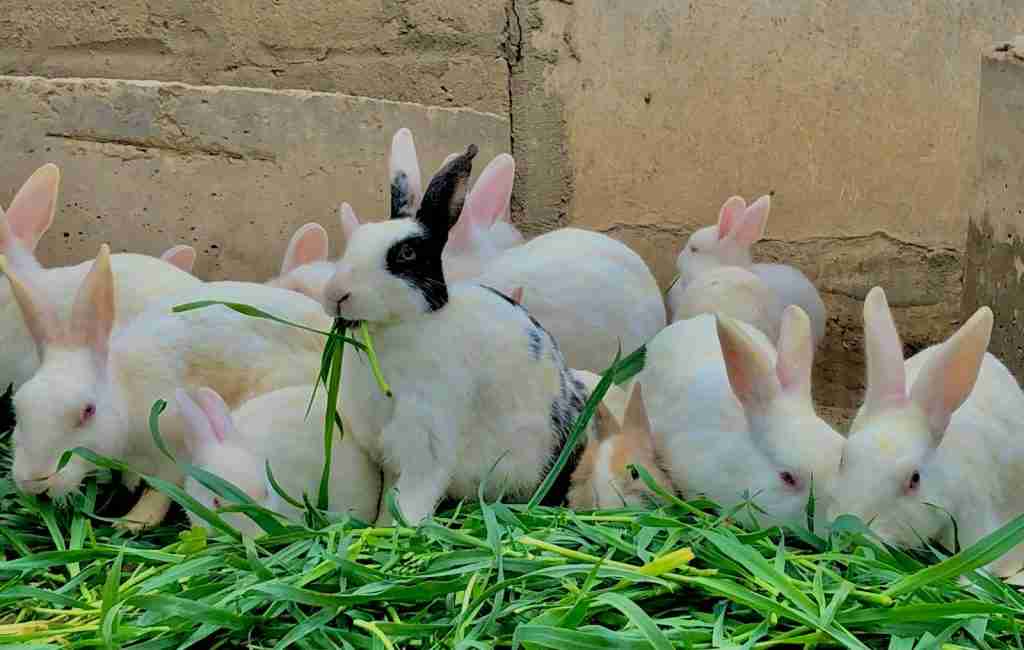
Rabbits’ favorite foods include a diet rich in hay, essential for their digestion, and leafy greens for balance. Contrary to popular belief, carrots, while enjoyed by rabbits, should only be offered as occasional treats due to their high sugar content.
The core of a rabbit’s diet should be unlimited high-quality grass hay, supplemented with leafy greens and a small, measured amount of pellets.
9. Rabbits are banned from ferries and boats in Britain.
One of the most interesting facts about rabbits is their ban from ferries and boats in Britain. This unusual rule stems from a 17th-century legend where rabbits chewed through a ship’s hull, leading to a tragic loss of sailors.
This superstition persists, notably with Brittany Ferries, where rabbits are still not allowed onboard due to this historical incident.
10. Rabbits’ ears also help them cool down.
Rabbits use their large ears to stay cool. They can’t sweat, so the big blood vessels in their ears catch cool breezes, cooling the blood and helping to lower their body temperature.
This is especially important for rabbits living in hot places, where you’ll notice their ears are even larger to help them beat the heat.
11. The Amami Rabbit of Japan is considered a living fossil.
The Amami rabbit, a ‘living fossil‘ from Japan, survives only on the Amami and Tokunoshima islands, with a dwindling population of around 5,400. Weighing about five pounds, it fits in a hat comfortably.
This ancient species, with its woolly fur, short ears, and small eyes, is under threat due to habitat loss and predators like mongooses, dogs, and cats.
12. Overgrown teeth are common in Rabbits.
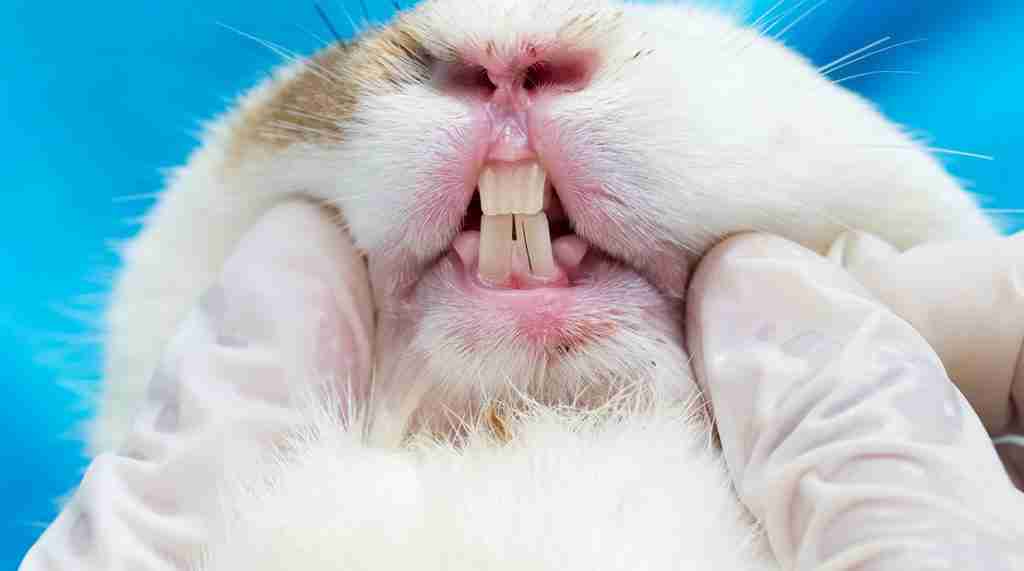
Overgrown teeth in rabbits, often due to malocclusion, result from poor alignment affecting chewing efficiency. Causes include infections, genetics, and trauma. With incisors growing 2.0 to 2.4mm weekly, issues escalate quickly.
Rabbits’ teeth grow continuously, requiring constant chewing on grass and other materials to maintain a manageable length, highlighting the importance of a proper diet and regular dental checks.
13. Rabbits have their anger language.
Rabbits express anger through unique body language, including lunging, a tense body with ears laid back and tail upright, signaling readiness to confront.
An angry rabbit may also twitch its tail rapidly, a precursor to spraying as a territorial or displeased gesture, especially in unspayed or unneutered rabbits. An ‘up’ and tense posture, with a crouched yet head-up position, indicates aggression or dissatisfaction.
14. Rabbits are Crepuscular, most active at dusk and dawn.
Another unique rabbit fact you may not know is their crepuscular nature, meaning they’re most active during the twilight hours of dawn and dusk. This schedule allows them to safely forage and socialize when predators are less active.
Their internal clock dictates these patterns, ensuring they balance their time between eating, sleeping, and playing, optimizing safety and energy use.
15. The biggest consumer of Rabbits is Malta.
Malta is the global leader in rabbit meat consumption, with Maltese people consuming an average of 10 kg of rabbit annually, the highest per capita rate worldwide. Italy follows with 5 kg per person.
The traditional Maltese dish, ‘Stuffat tal-Fenek,’ a stewed rabbit, stands as Malta’s national dish, showcasing the island’s deep-rooted culinary tradition and its significant cultural heritage.
16. Why were Rabbits introduced to Australia?

European wild rabbits were introduced to Australia in 1859 by Thomas Austin for sport hunting, leading to an environmental crisis. From just 13 rabbits, their population exploded to 200 million, causing widespread ecological damage.
This rapid spread marks one of the fastest invasions by a mammal. Efforts to control their numbers include a vast fence and the introduction of the myxoma virus in the 1950s.
17. The Riverine Rabbit is one of the most endangered species.
The Riverine Rabbit, Bunolagus monticularis, residing in South Africa’s Karoo region, stands among the world’s most endangered mammals, with just about 500 adults remaining.
Their survival is threatened by habitat destruction due to farming and livestock grazing, alongside dangers from domestic dogs, climate change, and natural disasters. Listed as endangered since 1981, their habitat is confined to the semi-arid Central Karoo.
18. Rabbits lick each other to show love and dominance.
Rabbits licking each other, or even you, is a sign of affection and bonding. This grooming behavior, often seen between pairs, signifies love and sometimes dominance within their relationship.
If a rabbit licks you, it’s their way of showing they cares and considers you part of their circle, extending gestures like nibbles and nudges as tokens of their affection.
19. How fast do Rabbits breed?
Rabbits breed rapidly, with a gestation period of 28-32 days and the ability to mate again 21 days post-kindling. They reach sexual maturity quickly, producing one to seven litters yearly, averaging three to four.
Each litter can have one to 12 offspring, typically five. This high reproductive rate, including immediate rebreeding after birth, underscores their prolific nature compared to other livestock.
20. Selective breeding has caused some Rabbits’ ears to droop.
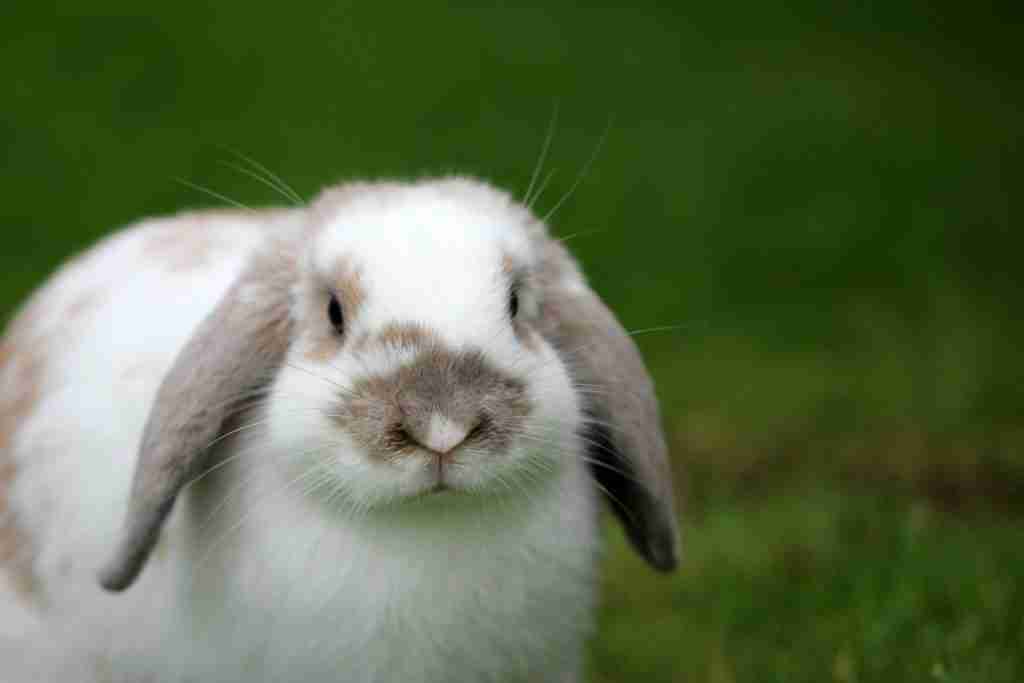
Another unknown rabbit fact is that their naturally erect ears have been altered in some breeds through selective breeding for a floppy appearance. This aesthetic choice can unfortunately lead to health complications.
In lop-eared rabbits, a gap between cartilages, meant to keep the ear upright, results in a structural weakness, causing the ears to droop.
21. Rabbits are high-maintenance pets.
Rabbits are high-maintenance pets needing as much care as cats or dogs if not more. They demand daily interaction, specialized diets, exercise, and health monitoring.
Not suitable for small children due to their fragility and potential to bite, rabbits also require regular grooming, especially long-furred breeds, to prevent matting.
22. Milk is not good for rabbits.
Milk and dairy products are harmful to rabbits due to their lactose intolerance, causing digestive issues and potentially severe health problems. Even baby rabbits should avoid cow’s milk, as it vastly differs from their mother’s milk.
For treats, opt for fresh fruits or vegetables. If necessary, use a lactose-free, specially formulated milk replacer to match their herbivorous dietary needs accurately.
FAQs
It’s estimated that there are over 1 billion rabbits in the world. This includes both wild and domestic populations, with rabbits being one of the most common and widespread small mammals.
Domestic rabbits typically live between 7 to 10 years, depending on their breed, care, and health. Proper diet, housing, and regular veterinary care can significantly influence their lifespan.
The species of rabbit is Oryctolagus cuniculus, which refers to the European rabbit species. This species is the ancestor of all domestic rabbits and is distinct from wild rabbit species found globally.
Rabbits live in various habitats, including meadows, woods, forests, grasslands, deserts, and wetlands. Domestic rabbits are kept as pets in homes or in outdoor hutches, depending on the owner’s preference and the rabbit’s needs.
Yes, you can eat rabbit. Rabbit meat is consumed worldwide and is known for being lean, low in cholesterol, and high in protein. It’s considered a delicacy in some cultures and a regular part of the diet in others.

